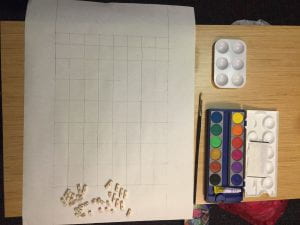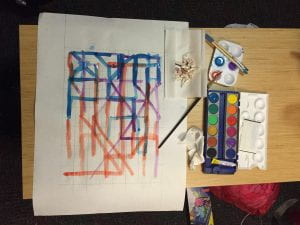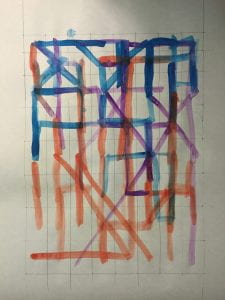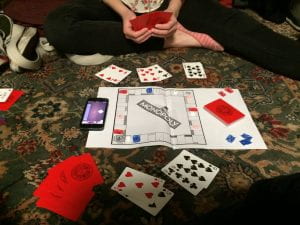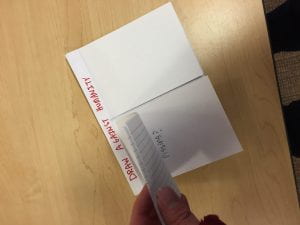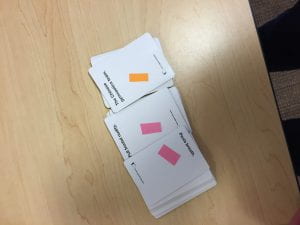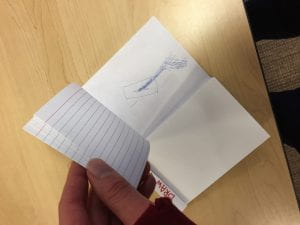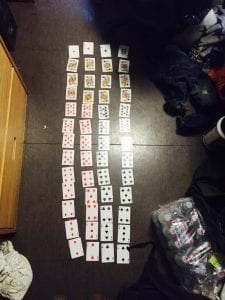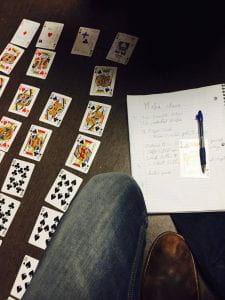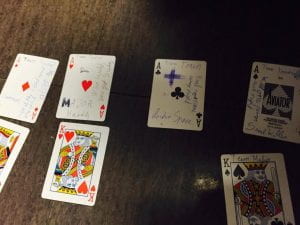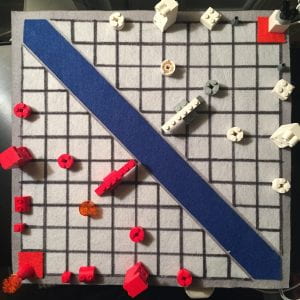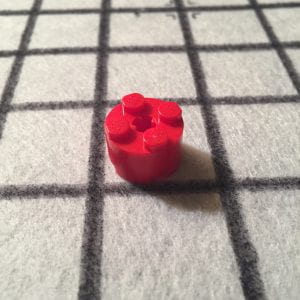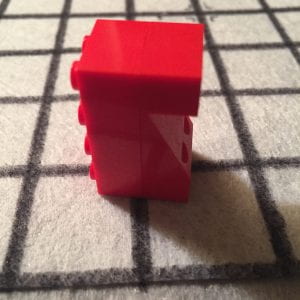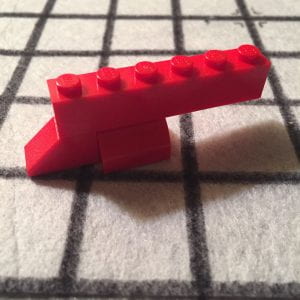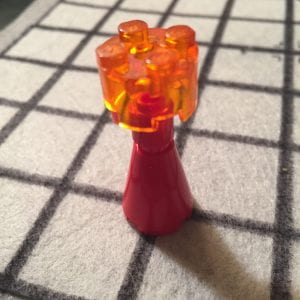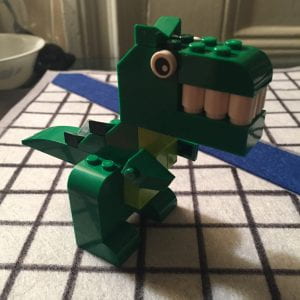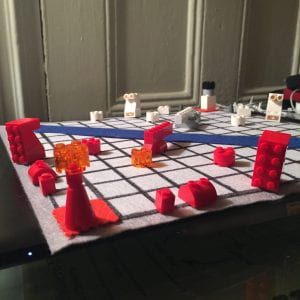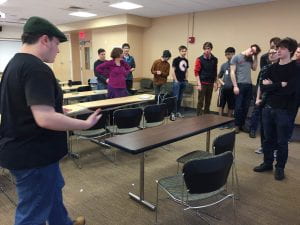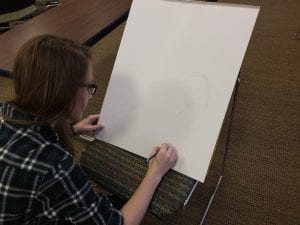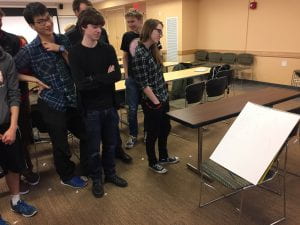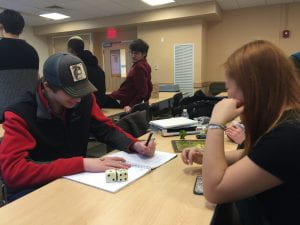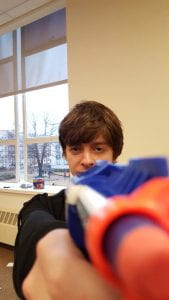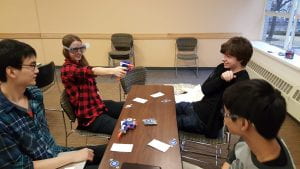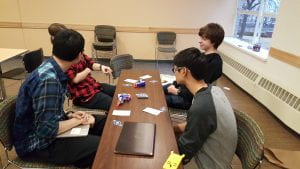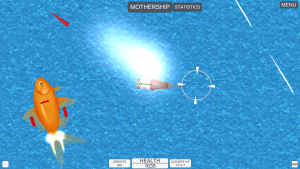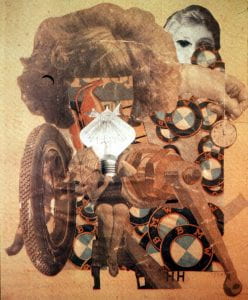Artist Statement:
The creation of this piece – Drawn Chess was driven by the idea that every action that we take leaves a footprint. Inspired by the Dadaist concept of the creation of art from audience interaction, as well as the Fluxus idea of chance and process, Drawn Chess hopes to transform an simple game of chess into an artwork by making the players record the position of their pieces using paint. As a result, a piece of art resembling a heat map of where most action on the board occurred is created from the strategy and gameplay between the players and the game. This connects to the end goal that I am trying to achieve with the creation and the process that this game follows – to comment on the idea that art is naturally formed from the audience’s interaction with it.
Materials:
- paint (acrylic, watercolor, ink…etc)
- paintbrush
- large piece of paper
- material that can be used to represent chess pieces (wooden blocks, foam, erasers)
- two players
Rules:
- rules are the same as a regular game of chess, only difference:
- dip the paintbrush into the paint and mark the path your chess piece will be taking before moving the piece.
Documentation:
